
|

|
| Use the text links for more information! |
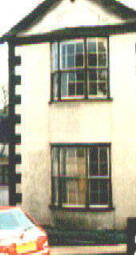
|
Middle Row
1828 saw the widening of Fore Street with the demolition of Middle Row.
This was a line of cottages, orchards and gardens which extended from
around the corner of Church Street to a point close to the Supermarket / Garage.
Finish up in the Royal Oak and head off down Fore Street.
Esso Mote Garage (named after Mote House on whose site it once stood) was demolished in
2002 and replaced by Tesco and the garage. A garage has stood on this site since the
beginnings of the internal combustion engine.
Just before you get to Butts Road on the right, you'll see a cream and white building.
This is the Manor House. Parts of it were built in 1763 as a condition
of the lease granted to Juaniz y Echalaz, a merchant. He made a good job
of it but but spent too much money on it because he was bankrupt in 1765. He
had married in 1764 however and just maybe this was the reason for his
bankrupcy. The building was partly demolished in 2001 with new
buildings erected behind the Manor House, the facade at the front, which was all that
was left has had a paint job. Admittedly the building looks smart, but a facade is not
as good as the real thing.
|
|
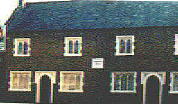 |
Ducke's 'n Mowbray Just a little way further down again are Ducke's Almshouses, founded in 1589 and rebuilt in 1853. In front of the building is a horse trough perfectly placed for falling into when you've had a skinful. The trough was presented to the parish in 1876 (9th November), MDCCCLXXVII, thats what it says on the plaque! |
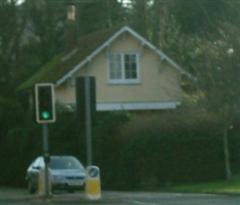 |
|
Mowbray cottage stands on the other corner of Butts Road. This was originally a chapel in 1833. Around 1860 it was
converted to a house. The entrance to Heavitree Park (not the Pleasure Grounds) is close by. Merchant Edward Eardley
was granted a lease on the adjacent field to Wonford Hill (now Mowbray House) under the condition that he built houses
and out-buildings of stone (not cob) to the value of £3000 each. These
houses were erected between 1825 and 1829 eventually being divided into flats in the 1920's.
Eardley later became involved in developing the impressive houses on Mont Le Grand. Both these and the residences in Heavitree Park are faced with white stucco and have fine classical details. Mowbray House was built in 1816. A Captain James Tillyer Blunt purchased the field seen above Butts Road in 1815 and set about building himself a home. He named the house Wonford Hill and lived there until his death in 1843. It was his family's residence until 1887 when it was sold and re-named Mowbray House. During the early C20th, it was the home of Colonel Vaughn (Chairman of Heavitree Urban Dist. Council, heavitree still being independant of Exeter back then). He declared Heavitree Pleasure Ground open on May 1st 1906 as recorded on a plaque close to the main entrance in Whipton Lane. He also had Vaughan Road named after him when the road was constructed in 1938. In the 1923 Mowbray House became a Home Hospital run by Miss Biggs and Miss Hunter, becoming part of the NHS in 1948. Maternity services however closed there in March 1986 and some time later the building was converted into retirement flats. In 2001, more flats were built in the grounds of the house under the name of Mowbray Court. |
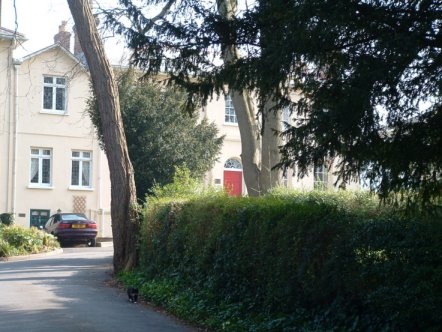
|
|
|
|
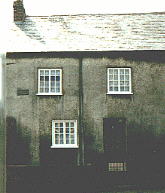 |
Thats it. Make your way to Rifford Road where you'll be able to
get a bus to wherever you have to go. On your way you will see the starting point of Honiton Road.
This was the main road to Honiton since Roman times and the current modern road follows the ancient line of
the Fosse Way which runs all the way to Lincoln or at least it used to until a new by-pass was built in
the late 1990's.
Swampy made his name here but was unable to stop the building of the by-pass. On the bus look out for a small cottage on your left just past St Loyes Rd, called the 'Cat and Fiddle'. This cottage was a pub in the C17th. Apparently the bar area is still visible in the front room. Stuart Callon Copyright ©2002 - 2006 |